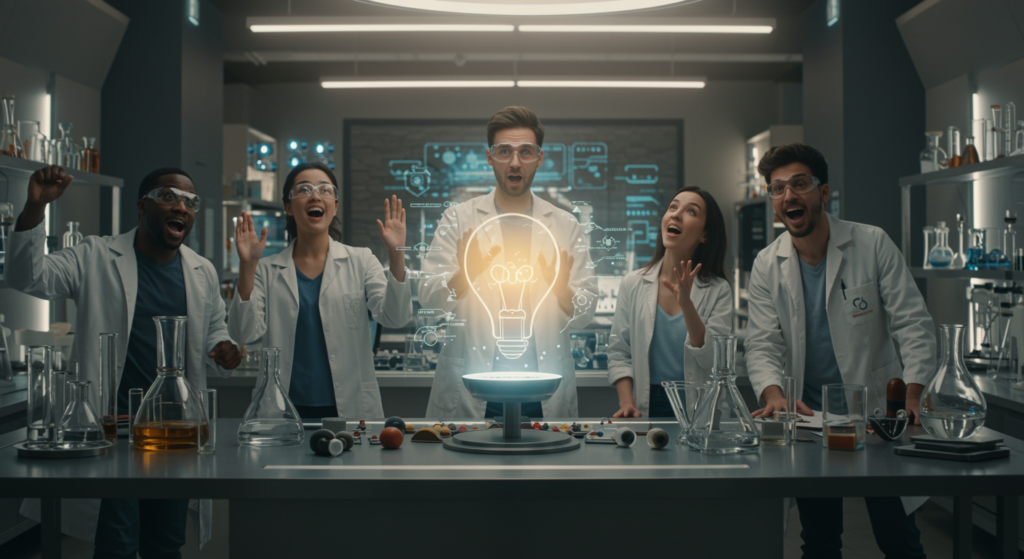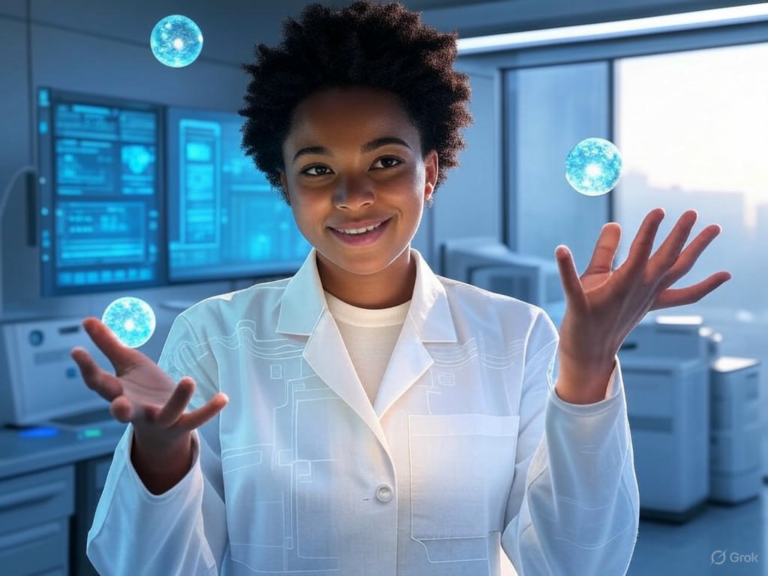
AI Inventorship Guidance: Legal Flaws in USPTO Approach
Introduction to AI Inventorship
AI inventorship is reshaping how we think about innovation, as machines increasingly collaborate with humans to create groundbreaking inventions. This topic has sparked debates in patent law, where the United States Patent and Trademark Office (USPTO) maintains that only humans can be named as inventors. Have you ever wondered if an AI system, like a sophisticated algorithm, could deserve credit for sparking a new idea?
While AI inventorship might sound futuristic, it’s already influencing real-world applications, from drug discovery to autonomous tech. The USPTO’s guidelines emphasize human involvement, but this approach raises questions about fairness and the true nature of creativity in an AI-driven era.
USPTO Guidance on AI-Assisted Inventions
In early 2024, the USPTO released its latest guidance on AI inventorship, stressing that AI systems are merely tools, not inventors. This means that for an invention to qualify for a patent, a human must play a significant role in the process. Imagine you’re an inventor using AI to refine a design—under these rules, your input must be substantial to claim ownership.
The guidance highlights key principles, such as evaluating human contributions and determining if AI use diminishes an inventor’s role. For instance, if you prompt an AI with a problem and it generates a solution, the USPTO might still recognize you as the inventor, provided you guided the process creatively. This framework aims to protect human ingenuity, but it doesn’t always account for how deeply AI can influence outcomes.
One practical tip: Always document your steps when working with AI, like noting how you trained or directed the system, to strengthen your patent application. According to the USPTO’s own resources, this can make a big difference in avoiding disputes.
Legal Implications and Challenges of AI Inventorship
The USPTO’s position on AI inventorship creates several legal hurdles, particularly when compared to international standards. In places like the UK and EU, there’s more openness to recognizing AI’s role, which could lead to conflicts for global innovators. What happens if your AI-assisted invention is patented in one country but rejected in another?
This discrepancy might stifle innovation, as companies hesitate to invest in AI-driven projects without clear protections. A hypothetical scenario: A researcher uses AI to develop a new medical device, but without proper documentation, they risk losing patent rights under USPTO rules. To navigate this, experts recommend consulting legal professionals early in the process.
Moreover, the emphasis on human contributions adds layers of complexity to patent applications, potentially slowing down the race for new technologies. It’s a reminder that while AI inventorship is evolving, the current system prioritizes human elements, which can feel outdated in our tech-saturated world.
Evaluating the Flaws in USPTO’s AI Inventorship Strategy
While the USPTO’s guidance tries to clarify AI inventorship, it exposes some fundamental flaws that could undermine future innovations. The high bar for “significant human contribution” often overlooks how AI can independently generate ideas, making it harder for collaborative efforts to gain recognition. For example, in a case where AI analyzes data to predict outcomes, is the human who set it up truly the sole inventor?
This approach treats AI as just another tool, like a calculator, which undersells its capabilities. Critics argue that this perspective might discourage inventors from leveraging advanced AI, fearing legal complications. If you’re in the tech field, consider how adapting your workflow—such as maintaining detailed logs—could help you comply while pushing for policy changes.
Engaging with industry groups or filing feedback with the USPTO is one actionable step to influence these guidelines. After all, as AI becomes more integral, we need a system that balances tradition with progress.
Future Directions in AI Inventorship
Looking ahead, the evolution of AI inventorship will likely require rethinking patent law to better accommodate human-AI partnerships. Policymakers might explore hybrid models that credit both contributors, ensuring that innovations aren’t lost in legal gray areas. Have you thought about how this could affect your own work in AI development?
For instance, future reforms could involve standardized tests to measure AI’s role in inventions, drawing from ongoing research in AI ethics. A brief anecdote: Think of the DABUS case, where an AI was controversially named as an inventor in some courts, highlighting the global divide. To stay ahead, inventors should stay informed through resources like the USPTO’s updates and participate in discussions.
Ultimately, embracing these changes could lead to a more inclusive framework, fostering creativity without ignoring AI’s contributions. It’s an exciting time, but it calls for proactive measures to shape the rules.
Conclusion
The USPTO’s guidance on AI inventorship highlights both the strengths and weaknesses of current patent laws, particularly in recognizing human efforts amid rapid technological advances. As we’ve explored, while it provides necessary clarity, it also risks limiting innovation by not fully addressing AI’s role. What are your thoughts on how we can improve this system?
If you’re navigating AI-assisted inventions, remember to prioritize thorough documentation and seek expert advice to protect your ideas. We’d love to hear your experiences or questions in the comments below—share this post with fellow innovators and explore our other articles on emerging tech trends for more insights.
References
1. USPTO Issues Inventorship Guidance for AI-Assisted Inventions. Source: USPTO. URL: Link
2. Inventorship Guidance for AI-Assisted Inventions. Source: Federal Register. URL: Link
3. Business Methods and AI Guidance. Source: USPTO. URL: Link
4. USPTO Highlights Risks of Using AI for Inventive Process. Source: Barclay Damon. URL: Link
5. USPTO Answers FAQs on Inventorship Guidance for AI-Assisted Inventions. Source: Nixon Peabody. URL: Link
6. USPTO Refuses to Recognize AI Inventorship. Source: Morgan Lewis. URL: Link
7. EPIC Comment on NIST GenAI Draft Documents. Source: EPIC. URL: Link
8. Assessing Patent and Trademark Office’s Inventorship Guidance. Source: CSIS. URL: Link
AI inventorship, USPTO guidance, patent law, AI-assisted inventions, legal flaws in USPTO, human contribution in AI, AI as a tool, international patent differences, future of AI inventorship, innovation and AI patents





